With consumers undergoing an eco-awakening, sustainability is no longer the niche issue that it was just a few years ago. In the last five years, according to research commissioned by WWF, online searches for sustainable goods have climbed by more than 70% – and continue to rise.
As demand for eco-friendly products grows, brands are starting to give serious consideration to the materials they use to package their products.
“Any product’s impact comes not just from the product itself, but also how it’s packaged and delivered to the customer,” explains Tim Etherington-Judge, co-founder of sustainable spirits brand Avallen.
With growing media coverage – from the 8m tonnes of plastic that enters our oceans each year to the high levels of microplastics within the food we eat – opening consumers’ eyes to the issue of plastic packaging waste, many are paying greater attention to how the products they buy are packaged.
“Consumers are more educated about the impact of plastic packaging than ever before,” says Merav Koren, VP of marketing at compostable packaging manufacturer TIPA. “They’re searching for – and demanding – packaging solutions that they can easily, responsibly and naturally dispose of without creating microplastics or trash.”
See Also:
Brand owners such as Avallen are taking action to reduce packaging waste. The company, which released a namesake calvados in Europe two years ago, uses lightweight glass bottles that require less energy to produce, labels made from apple pulp and absolutely no plastics. Yet, with plastic packaging accounting for almost 70% of all plastic waste, according to WRAP, there are evidently still many that aren’t doing their part.
How well do you really know your competitors?
Access the most comprehensive Company Profiles on the market, powered by GlobalData. Save hours of research. Gain competitive edge.

Thank you!
Your download email will arrive shortly
Not ready to buy yet? Download a free sample
We are confident about the unique quality of our Company Profiles. However, we want you to make the most beneficial decision for your business, so we offer a free sample that you can download by submitting the below form
By GlobalDataSome plastic solutions generate more problems
There are many alternatives that brands can turn to in order to reduce the impact of their packaging, such as paper, aluminium or recycled plastic. However, these solutions present fresh problems. Paper, for example, is no good for food products with long shelf lives while deforestation remains an issue. Aluminium production is linked to significant damage to biodiversity and habitats, with health and safety regulations limiting the use of recycled plastics in F&B packaging.
Biodegradable materials, such as bioplastics, are often touted as a solution, but there are issues here too. “‘Biodegradable’ is a very open term with no obligations as to the conditions and time frame within which the bag will break down,” Koren explains. “Because of this, it’s become a legally problematic term in many countries in the last few years.”
For many, compostable materials are the solution. Unlike materials marked as biodegradable, compostable materials have to be certified to be sold. To receive certification, the material must degrade into non-toxic particles within a certain timeframe. These materials mimic the positive properties of plastic, such as being malleable, formable, waterproof, leakproof and lightweight, says Jack Holloway – industrial design lead at brand transformation agency Landor & Fitch – and can provide brands with a “differentiating edge” as consumer demand grows.
There is already strong public support too. A recent TIPA survey found that 83% of UK consumers would prefer their food to be wrapped in compostable materials rather than plastic for environmental reasons. Similar surveys found that 89% of French consumers are in favour of compostable food packaging, while 78% of Australian consumers feel compostable packaging is a more effective solution to plastic waste than recycling.
Projections for compostable packaging value are dizzying
While compostable polymers have been commercially available for more than two decades, limited performance meant that possible applications were limited. Koren: “When companies started to look for sustainable solutions to package their products decades ago, only a few options were available. Many of them didn’t provide the characteristics and quality that brands needed to safely package their products.”
Today, materials such as TIPA’s transparent films and laminates can be used to create safe food packaging that can be discarded in compost at home or in industrial facilities. As the technology has advanced, so too has demand. Over the last decade, TIPA has seen “astronomical growth” in the market, while projections suggest huge growth in the coming years. According to Data Bridge Market Research, the compostable packaging sector, valued at US$4.7bn in 2019, could be worth as much as $21.6bn by 2027.
Many brand owners have already made moves. Earlier this year, Inside Pacakaging’s sister site, Just Drinks, reported on Anheuser-Busch InBev’s new packaging for its Corona beer brand. Made from leftover barley straw, the multi-pack holders can be recycled or composted. More recently, chocolate brand Dirty Cow last month partnered with packaging provider Parkside to develop compostable packaging for its vegan and dairy-free range. Made from bio-based paper and cellulose film, the packaging is designed to decompose entirely within 26 weeks.
Likewise, fast-food chain KFC has committed to making all of its consumer-facing packaging in Canada home-compostable by 2025, which will save 200m pieces of packaging waste from landfill annually.
“When more brands realise the potential of compostable packaging to attract and retain consumers,” Holloway says, “we’ll see a significant increase in demand as well as further innovation across other sustainable products and processes.”
Compostable headed for the mainstream
The compostable packaging sector is already booming in markets such as Italy. In 2019, the country consumed around 110,000 tonnes of compostable packaging, up from less than 40,000 tonnes in 2012 – the UK consumes an estimated 20,000 tonnes annually. Since 2019, according to TIPA, Italy has seen landfill waste decline, as well as a reduction in food waste and plastic contamination.
“In Italy, the infrastructure, brands and citizens work together to create a complete ecosystem, to their great success,” says TIPA’s Koren.
While there is still significant potential for further growth, there are also challenges to overcome – notably in collection and recycling. According to the Bio-based & Biodegradable Industries Association (BBIA), just 50% of compostable materials placed on the market in Italy are effectively treated in composting and anaerobic digestion plants.
“The main challenge lies with recycling infrastructure,” Holloway explains. “Many biodegradable materials are not curb-side recyclable, meaning they still end up at landfill sites. It’s also – usually – only compostable using specific waste industry facilities and therefore not compostable at home, which then means most of it ends up in the wrong waste stream.
“Better recycling infrastructure, labelling and consumer education will be key to making compostable packaging the default for brands and consumers.”
As the infrastructure catches up to consumer demands, though, that will come. As Koren notes: “All new technologies take time to integrate into the mainstream. A decade ago, electric cars were something niche. Today, every well-respected car company has a fleet of electric cars.
“Give it a few years, it’ll become the norm.”

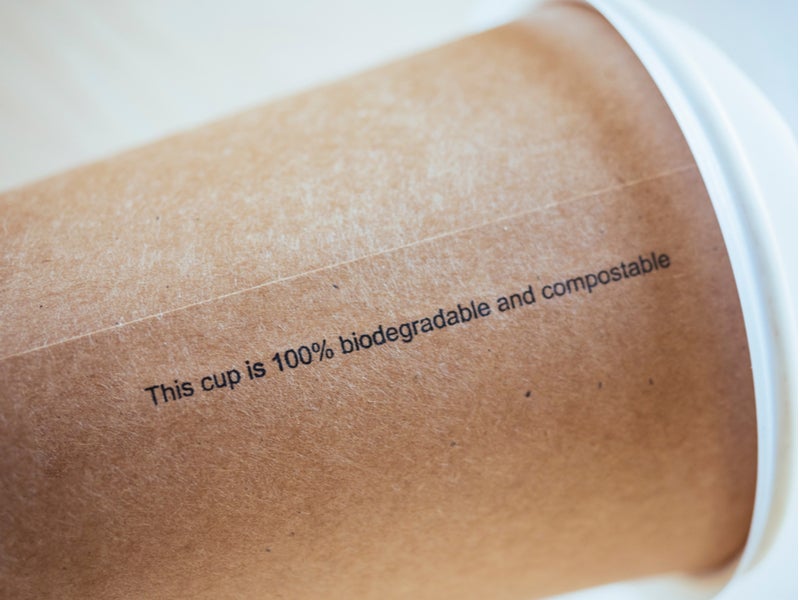


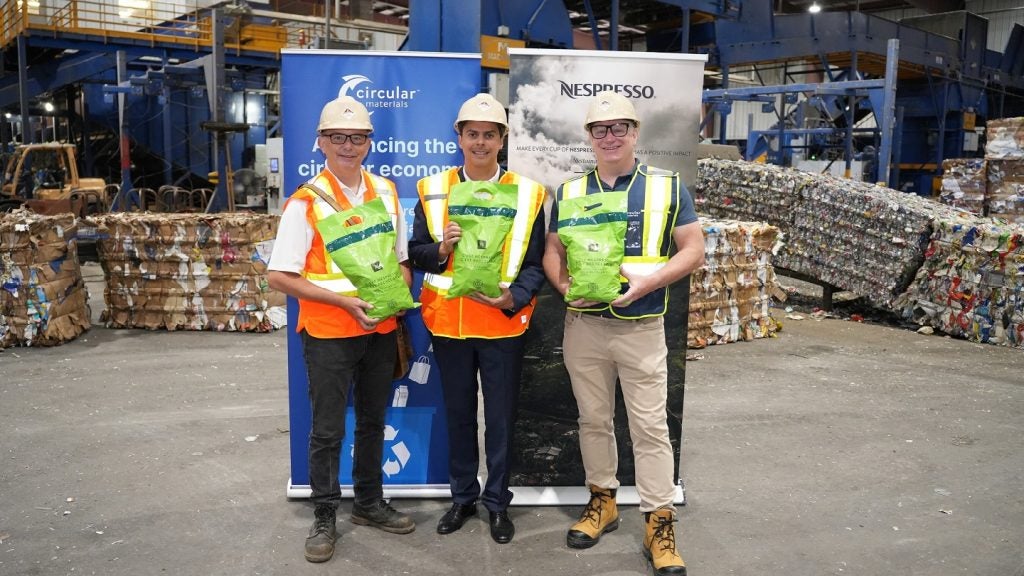
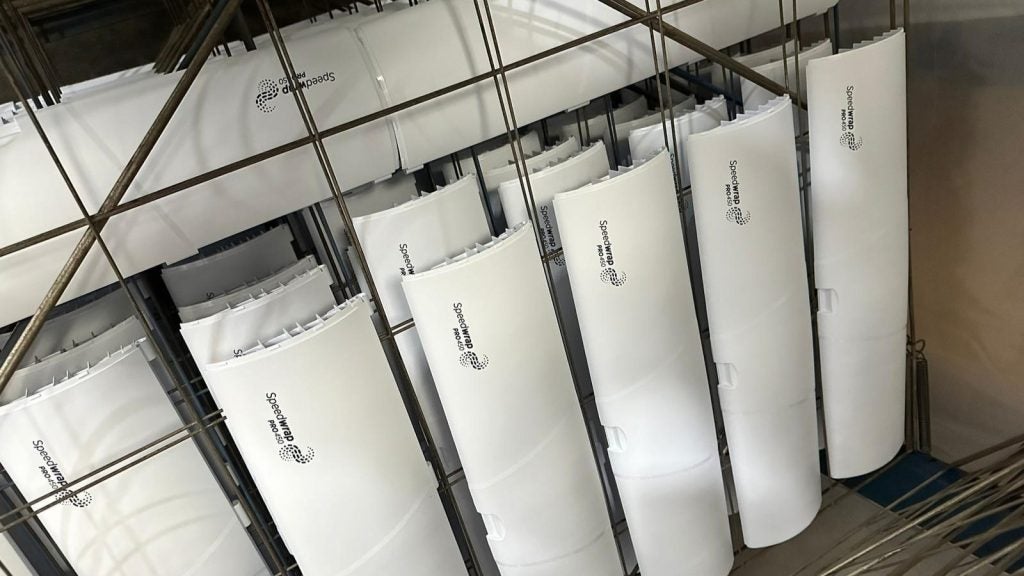
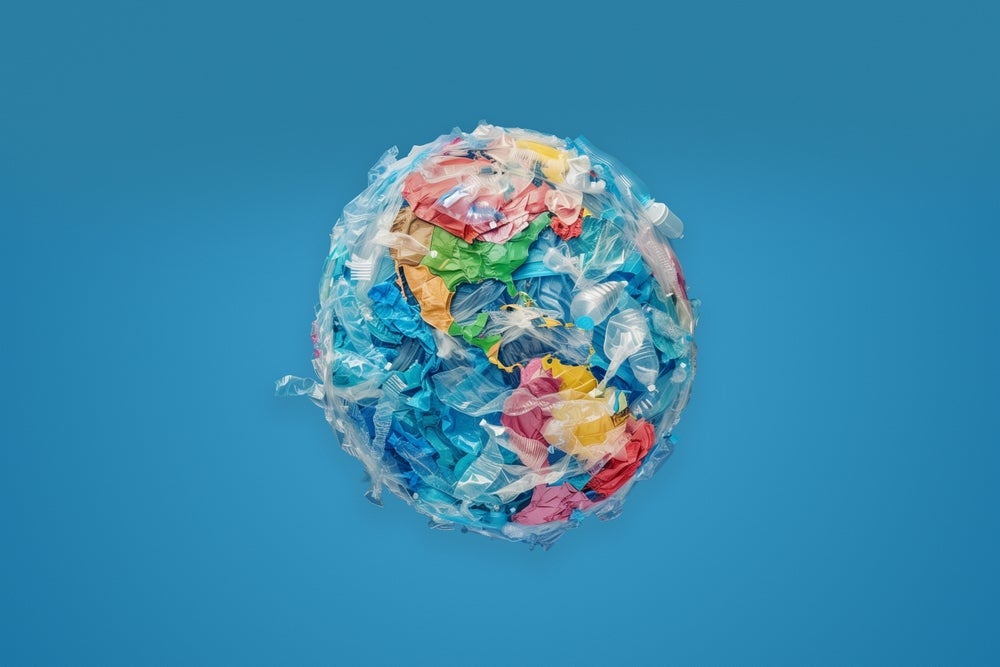
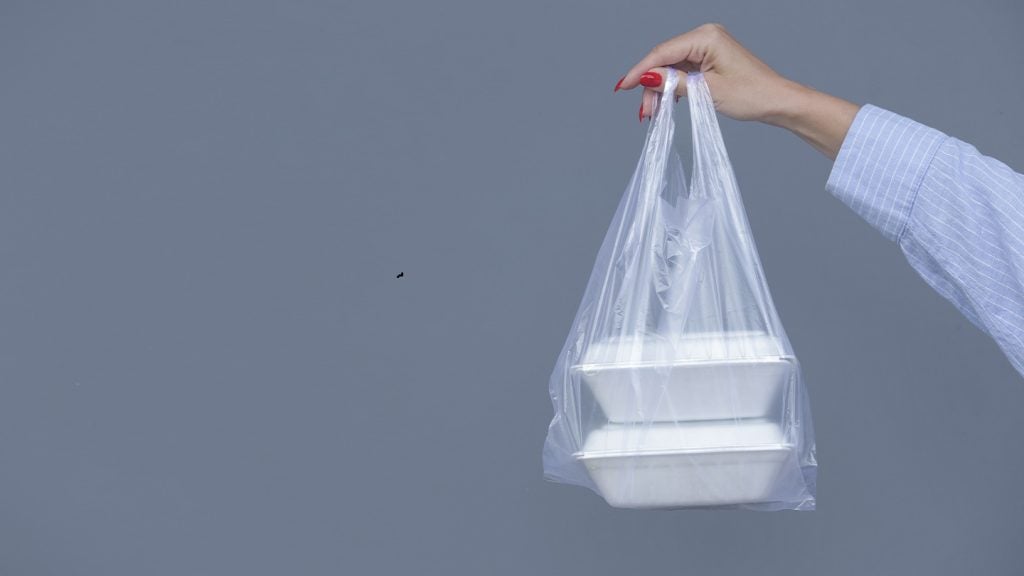

Related Company Profiles
Tipa Corp., Ltd.
Dirty Cow
WR-AP
Corona Corp
Anheuser-Busch InBev NV/SA